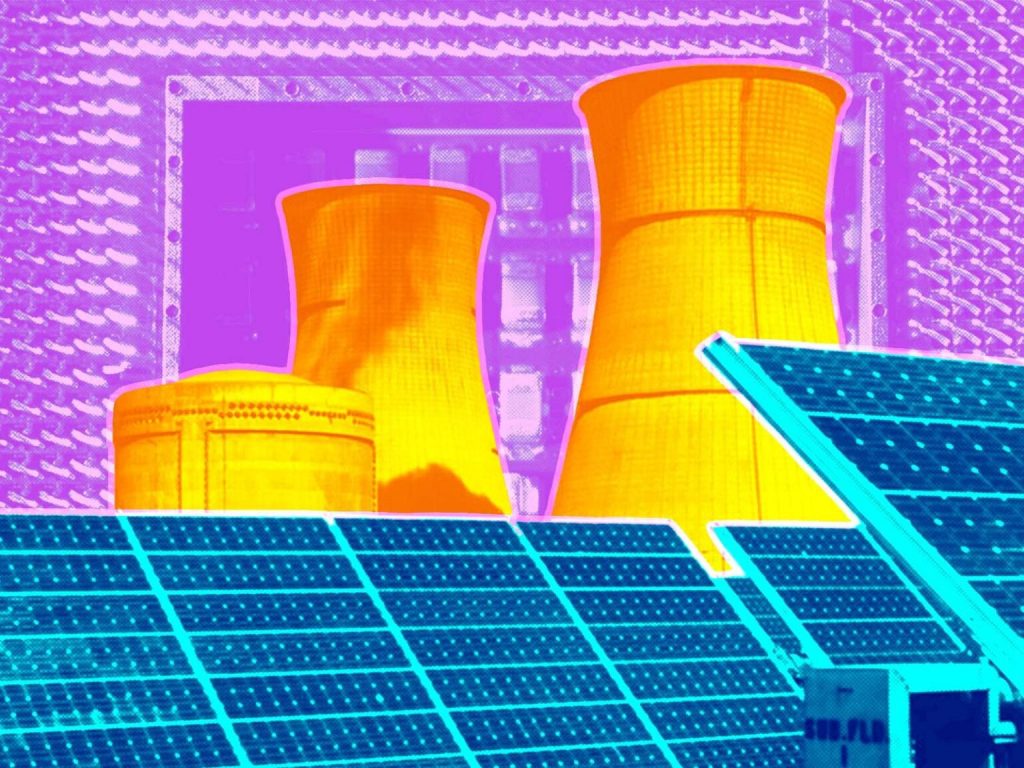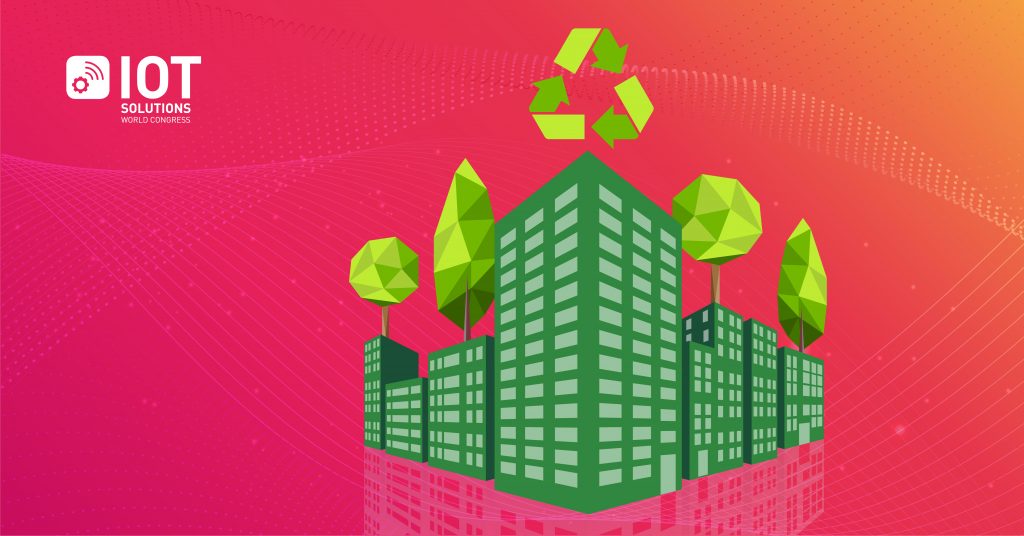We hear it on the news all the time – the climate change crisis affecting the globe every day. Sea levels are constantly rising, weather events changing, and Greta Thunberg keeps banging on about it on the news! The Paris Climate Change agreement has ambitious goals to be achieved by 2030: securing global net-zero including curtailing deforestation, accelerating the switch to electric cars and using less coal. Digital technology is rapidly evolving and changing the way we go about our lives, but can it help solve the climate crisis? Let’s find out:
A new augmented reality
When you take a selfie on Snapchat or Instagram, how many filters do you use to get the right one? This is how augmented reality works: taking your existing reality and changing some aspects through a smart lens. How a Snapchat filter help with the climate crisis you might wonder?
Augmented reality can view the real-time effect of climate change and what our world will look like without immediate change: in other words, a complete catastrophe. Environmental charity, Earth watch Europe used augmented reality to challenge the effects of climate change, such as flooding and heatwaves by building a virtual urban city. People created simulated nature-based solutions like green roofs, to protect the city from flooding and heatwaves.
Download the app ‘Time Immersive’, an augmented reality experience where you can witness first-hand, the devastating effects of deforestation and climate change in the Amazon Forest, narrated by Jane Goodall.
On the edge of your computer
Edge computing stores data at the ‘edge’ of your infrastructure network preventing large packets of information from being sent over the global network, running fewer processes in the cloud and moving data to local places, such as a user’s computer. Imagine how much electricity is being used by all the traffic, storage and data processes – edge computing removes this concern and reduces energy requirements in the long run. But how can it help the planet? Edge computing can assist in many ways, for example by reducing band with consumption.
Did you know that binge-watching on Netflix causes high energy use and carbon emissions? Who would have thought! Edge computing can store data closer to the end-user rather than a centralized data centre leading to less energy consumption.

Smart devices and the environment
Picture waking up tomorrow in a world full of smart devices; you wake up with a smart alarm, look at yourself with a smart mirror, leave the house using your smart door lock and go for a walk in your smart city. Now, that’s a lot of ‘smart’ words but could this be your new future reality?
The internet of things is a huge network connecting ‘things’, like wearable health monitors and since 2020, there have been over 26 billion connected devices. IoT can play a vital role in decreasing humans’ footprint by collecting data from sensors and connected products to reduce waste and CO2 emissions. In a report published by Ericsson, the use of IoT has the potential to reduce emissions by as much as 63.5 gigatons by 2030 and all industrial sectors should participate.
It looks like IoT is destined to enable different sectors to reduce their greenhouse gas emissions and increase energy efficiency and who knows? You might be waking up to an even more interconnected world in the future.

Digital technology has the potential for significant change in the climate crisis and in 50 years we could be seeing a greener, sustainable reality. Think of digital technology as your new eco-warrior!








